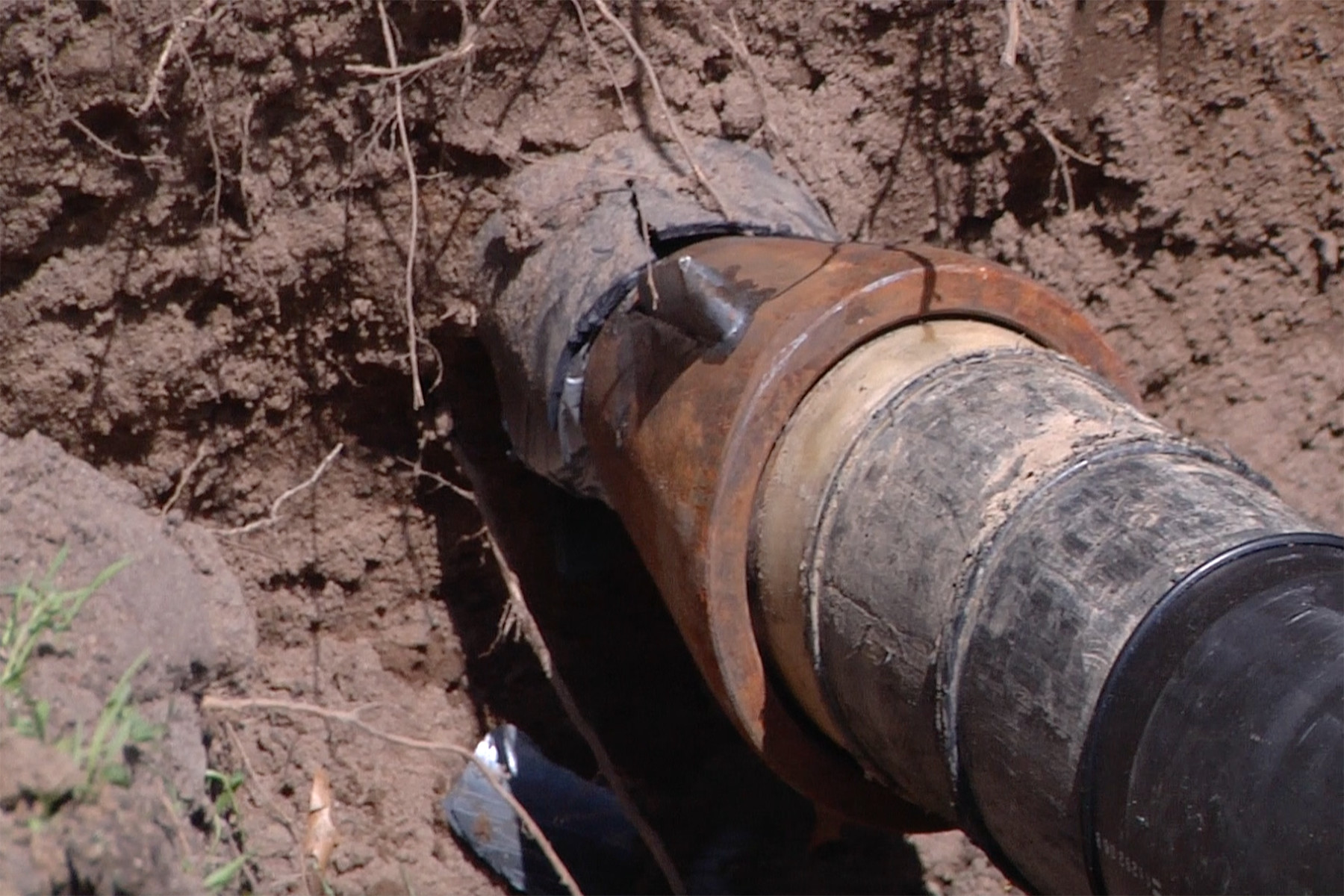Open-cut utility replaces can be expensive, time-consuming and disruptive for the public depending on surface restoration needs. Deep replacements are expensive and difficult to finish. Utility corridors crowded with people can create additional safety issues and challenges. Some municipalities and utility owners prefer trenchless methods to open-cut ones. The pipe bursting method is an alternative to trenching that could be a good fit for your project. You can decide whether this method is right for your project by knowing a few things about pipe bursting.
How to Burst Pipes
There are several methods for bursting a pipe, but most commonly a cutting device or fracture device is pulled through the pipe to split it and break it.A new pipe is then brought behind the cutting/fracture device and replaced the existing pipe. The new pipe is usually made of HDPE or PVC fused together, although other materials may be used to suit the utility owner’s preferences and needs.
Pipe bursting techniques and viability are generally determined by the existing pipe material. Pipe-bursting can be difficult to use on materials such as reinforced concrete and ductile steel.
Benefits of Pipe Bursting
Pipe bursting has the advantage over other trenchless alternatives in that it allows you to increase the pipe size by up to two sizes, depending on the soil conditions. This flexibility allows the utility owner to increase flow capacity in the pipeline by installing a pipe with a larger diameter during the replacement process. Early in the planning stage, it is important to evaluate the soil conditions to determine whether the pipe can expand and whether pipe bursts are an option to replace the old pipe.
When successfully implemented, pipe bursting reduces the amount of surface repair required and installation time compared to open-cut replacement methods.
Pipe Bursting Requirements & Limitations
The pipe bursting technique can correct small sags and offsets in existing pipes. However, larger defects or flat grades in existing pipes cannot be repaired using this method. Open-cut replacement is the only option in these cases and those that follow:
- Open-cut excavation is required to replace service connections and fittings that are already on the pipeline.
- It may not be possible or cost-effective for a pipeline that has many services and/or fittings to be replaced using the pipe-bursting method. In these cases, it may be necessary to consider other trenchless methods or open-cut replacement.
In order to use the pipe-bursting method, you will need to excavate an insertion and receiving pit at either end of your replacement section. Remember that manholes are often used as the receiving pit. This reduces the amount of excavation required.
It is important to evaluate the feasibility of these pits early on in the planning process.

